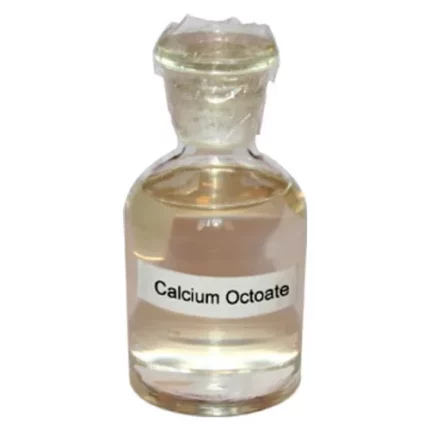
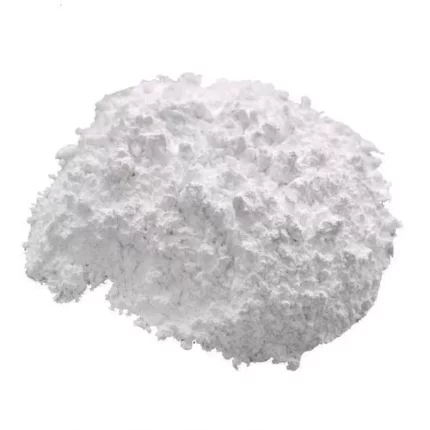
Ceto Stearyl Alcohol
$0.01 Original price was: $0.01.$0.00Current price is: $0.00.
Ceto Stearyl Alcohol is a blend of cetyl and stearyl alcohols, commonly used as an emollient, thickener, and stabilizer in cosmetics, pharmaceuticals, and industrial applications. In skincare and haircare products, it acts as a moisturizing agent, improving texture and preventing separation in creams, lotions, and conditioners. It also serves as a lubricant in pharmaceutical ointments and tablet coatings. Additionally, it finds use in candles, plastics, and leather processing as a hardening or softening agent. Known for its non-irritating properties, it enhances product consistency while remaining safe for topical use. Proper storage in a cool, dry place is recommended to maintain its stability.
Ceto Stearyl Alcohol Uses
Primary Uses of Ceto Stearyl Alcohol
1. Cosmetics & Skincare
- Emulsifier: Helps blend oil and water in creams and lotions, preventing separation.
- Thickener: Increases viscosity for a richer texture (e.g., body butters, moisturizers).
- Emollient: Softens skin and improves spreadability.
- Stabilizer: Maintains product consistency over time.
Common Products:
- Moisturizers
- Body lotions
- Creams
- Sunscreens
2. Hair Care Products
- Conditioning Agent: Adds slip and detangles hair.
- Viscosity Modifier: Thickens shampoos and conditioners.
- Anti-static: Reduces frizz.
Common Products:
- Conditioners
- Hair masks
- Styling creams
3. Pharmaceuticals
- Used in ointments, creams, and topical medicationsas a base ingredient.
- Enhances texture, absorption, and stabilityof medicated formulations.
Examples:
- Barrier creams
- Healing ointments
- Anti-inflammatory creams
4. Industrial Applications
- Lubricants: Used in metalworking and machinery.
- Plasticizer: Improves flexibility in plastics and coatings.
Secondary Uses of Ceto Stearyl Alcohol
1. Candle & Wax Manufacturing
- Used in candlesfor a smoother burn and better texture.
2. Textile & Leather Treatment
- Acts as a softening agentand water repellent in fabrics.
3. Biomedical & Research
- Used in drug delivery systems(e.g., lipid nanoparticles).
1. Basic Identification Attributes
- Chemical Name (IUPAC):
- Cetyl Alcohol:1-Hexadecanol
- Stearyl Alcohol:1-Octadecanol
- Common/Trade Names:Ceto Stearyl Alcohol, Cetyl-Stearyl Alcohol, C18-16 Alcohol
- CAS Number:
- Cetyl Alcohol: [36653-82-4]
- Stearyl Alcohol: [112-92-5]
- HS Code:19 (for fatty alcohols)
- Molecular Formula:
- Cetyl Alcohol: C₁₆H₃₄O
- Stearyl Alcohol: C₁₈H₃₈O
- Synonyms:
- Cetostearyl Alcohol
- Palmityl Alcohol (for Cetyl)
- Octadecyl Alcohol (for Stearyl)
2. Physical & Chemical Properties
- Physical State:White waxy solid (flakes, pellets, or powder).
- Color & Odor:White, faint characteristic odor.
- Melting Point:
- Cetyl Alcohol: 45–50°C
- Stearyl Alcohol: 56–60°C
- Blend (Ceto Stearyl):~50–55°C
- Boiling Point:
- Cetyl Alcohol: 344°C
- Stearyl Alcohol: 361°C
- Density:~0.81–0.84 g/cm³ (at 20°C).
- Solubility:
- Insoluble in water.
- Soluble in ethanol, ether, chloroform, and oils.
- pH Level:Neutral (~7).
- Vapor Pressure:Negligible (low volatility).
- Flash Point:~150–200°C (combustible, not highly flammable).
- Autoignition Temperature:~250–300°C.
- Viscosity:Low when melted (liquid form).
3. Safety & Hazard Attributes
- Hazard Class (GHS):
- Not classifiedas hazardous (may cause mild eye/skin irritation).
- NFPA Ratings:
- Health: 1(slight irritation possible).
- Flammability: 1(combustible at high temps).
- Reactivity: 0(stable).
- Exposure Limits (OSHA/ACGIH):
- No specific limits (general dust exposure guidelines apply).
- Reactivity:
- Stable under normal conditions.
- Avoid strong oxidizers (e.g., peroxides, nitric acid).
4. Storage & Handling Attributes
- Storage Conditions:
- Store in a cool, dry place (<30°C).
- Keep away from heat and open flames.
- Incompatible Materials:Strong acids, oxidizers.
- Container Type:Plastic (HDPE) or lined metal containers.
- Shelf Life:Typically 2+ years if stored properly.
- Special Handling:
- Use gloves and safety glasses to prevent dust irritation.
- Ensure good ventilation if melting/heating.
5. Regulatory & Compliance Attributes
- Regulatory Status:
- FDA-approved(21 CFR 172.864 for food use).
- EU REACH
- COSMOS/ECOCERTapproved (for cosmetics).
- Hazard Symbols:None (non-hazardous).
- Transportation Restrictions:
- Not regulated (non-hazardous for shipping).
- Waste Disposal:
- Dispose as non-hazardous waste (incineration or landfill per local regulations).
6. Environmental & Health Impact
- Ecotoxicity:Low toxicity (LD50 >5,000 mg/kg in fish).
- Persistence:Readily biodegradable (>60% in 28 days, OECD 301).
- Carcinogenicity/Mutagenicity:
- Not classified(IARC, NTP, OSHA).
- Biodegradability:High (breaks down in environment).
Personal Protection
- Respiratory Protection: Use a dust mask (NIOSH N95)when handling powder to avoid inhalation of fine particles.
- Eye Protection: Wear safety gogglesto prevent irritation from dust or splashes (if melted).
- Skin Protection: Use nitrile or neoprene glovesfor prolonged contact (may cause mild irritation).
- General Hygiene: Avoid ingestion and prolonged skin exposure. Wash hands after handling.
Handling & Storage
- Store in a cool, dry, well-ventilatedarea away from oxidizers and strong acids.
- Keep containers tightly sealedto prevent contamination.
- If handling molten form, use heat-resistant gloves and protective clothing(melting point ~50-60°C).
- Avoid dust generation—use local exhaust ventilationif handling large quantities.
Spill Management
- Solid spills: Sweep up carefully and dispose of properly.
- Molten spills: Allow to solidify, then scrape up.
- Avoid washing into drains (may cause blockages).
Inhalation
- Move to fresh air
- If breathing difficulties occur, seek medical attention.
Skin Contact
- Wash affected area with soap and water.
- If irritation develops, apply a moisturizing cream.
- Seek medical advice if irritation persists.
Eye Contact
- Rinse immediately with plenty of water for 15 minutes, holding eyelids open.
- Seek medical attention if irritation continues.
Ingestion
- Do NOT induce vomiting.
- Rinse mouth with water and drink milk or waterto dilute.
- Seek medical advice if large amounts are ingested.
Firefighting Measures
- Combustible solid(powder may form explosive dust-air mixtures).
- Auto-ignition temperature: ~200-250°C.
- Extinguishing Media:
- Water spray, foam, dry chemical powder, or CO₂.
- For large fires, use water fogto cool containers.
- Hazardous Combustion Products: CO, CO₂, and aldehydes.
- Firefighter Protection: Wear SCBAand full protective gear.
Related products
Bromelain
CarboxyMethyl Cellulose (CMC) Food grade
G-Clamp
- Holding Apparatus: In experiments where stability is crucial, G-clamps are used to secure laboratory apparatus to benches or tables. This ensures that the equipment remains in place during experiments, minimizing the risk of accidents.
- Securing Glassware: When conducting experiments involving glassware like beakers, flasks, or test tubes, G-clamps can be used to secure them to a stand or support rod. This prevents the glassware from tipping over or falling during the experiment.
- Supporting Heavy Objects: In situations where heavy objects need to be held in place temporarily, G-clamps provide a sturdy grip. This could be useful when setting up equipment or securing heavy components during an experiment.
- Fixing Materials for Cutting or Drilling: G-clamps are handy for securing materials like wood or metal in place while they are being cut, drilled, or manipulated in some other way. This ensures precision and safety during such tasks.
- Custom Setup: Sometimes, experiments require customized setups that aren't readily available with standard laboratory equipment. G-clamps allow researchers to create temporary fixtures or arrangements tailored to their specific experimental needs.
Liquid Vanilla flavor food grade
Single Gas Mask
- Facepiece: The main part of the mask that covers the nose, mouth, and sometimes the eyes. It's usually made of rubber or silicone for flexibility and a proper seal.
- Filter Cartridges: These cartridges are attached to the mask and contain various filter materials to purify the air. They can be specific to certain types of contaminants or provide broader protection.
- Straps: Adjustable straps secure the mask to the wearer's face, ensuring a snug fit.
- Exhalation Valve: This valve allows the wearer to exhale air without letting outside air in, maintaining a closed system for breathing.
- Visibility: Some masks feature transparent facepieces or additional eyepieces to ensure proper vision while wearing the mask.
- Comfort Features: Some masks include features like padding or adjustable nose bridges for added comfort during extended wear



 LABORATORY EQUIPMENT & APPARATUS
LABORATORY EQUIPMENT & APPARATUS
 Fertilizers
Fertilizers Plant Growth Regulators
Plant Growth Regulators Soil Conditioners
Soil Conditioners Animal Feed Additives
Animal Feed Additives Biostimulants
Biostimulants Dough Conditioners
Dough Conditioners Flour Treatments
Flour Treatments Fat Replacers
Fat Replacers Preservatives (baking)
Preservatives (baking)
 Surfactants (cleaning)
Surfactants (cleaning) Builders
Builders Bleaching Agents
Bleaching Agents Enzymes
Enzymes Solvents (cleaning)
Solvents (cleaning) Fragrances
Fragrances


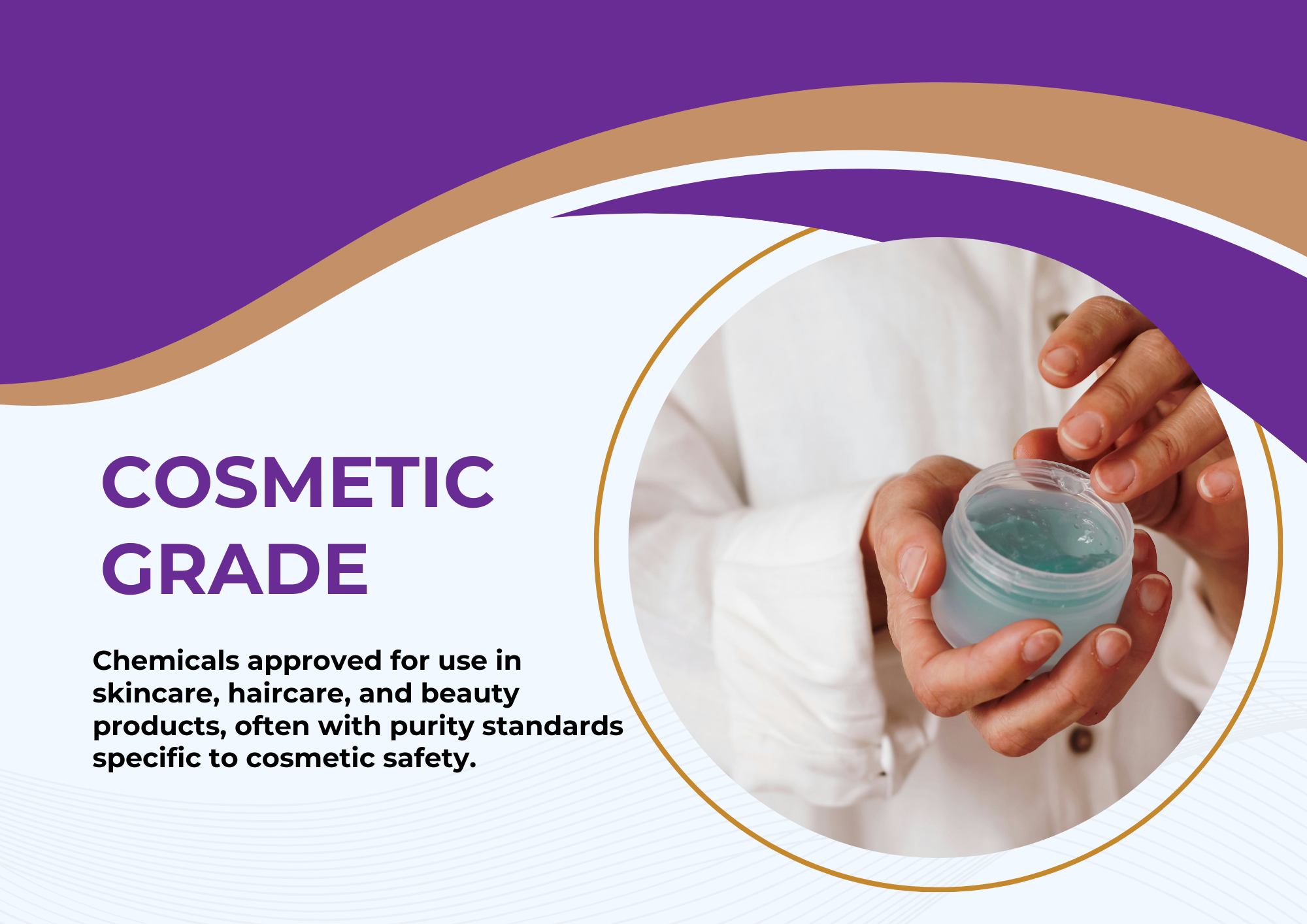


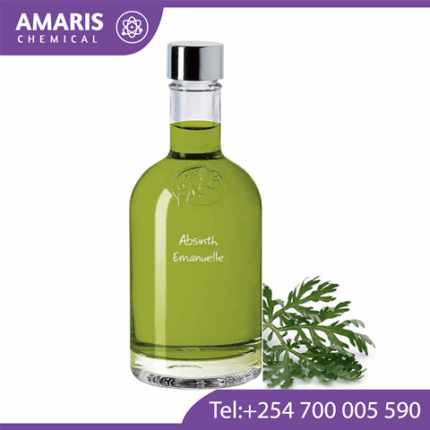
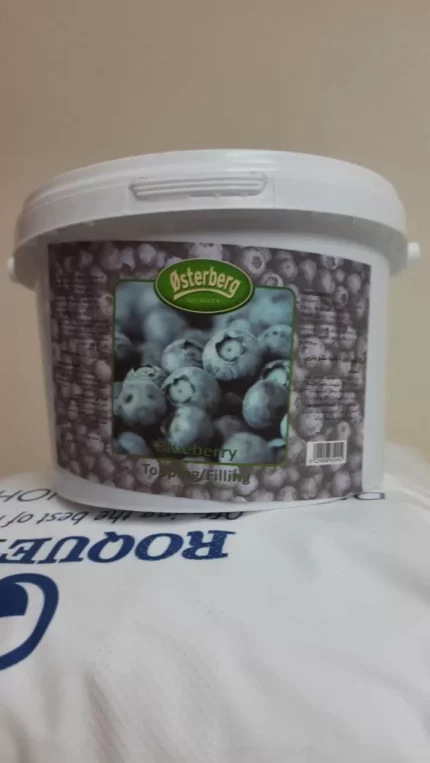

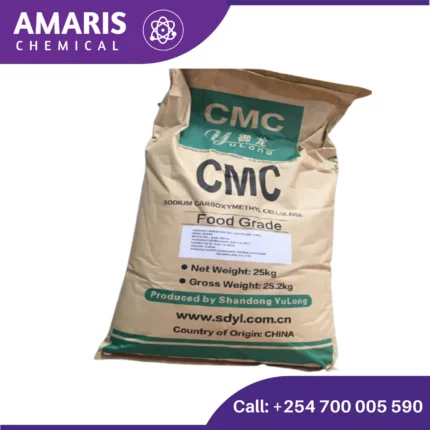
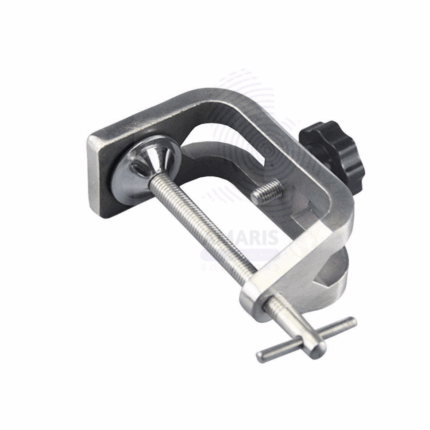


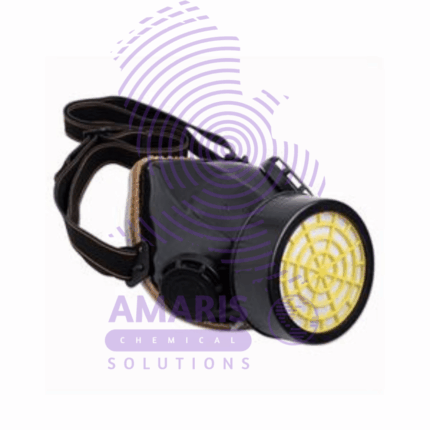
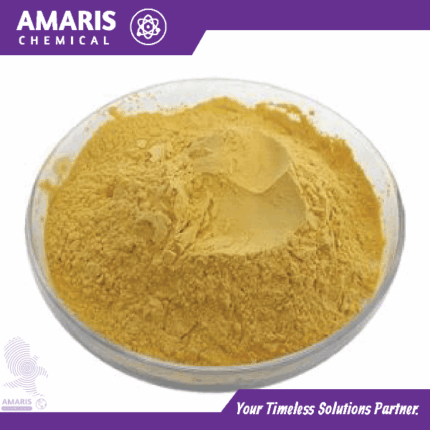













Reviews
There are no reviews yet.